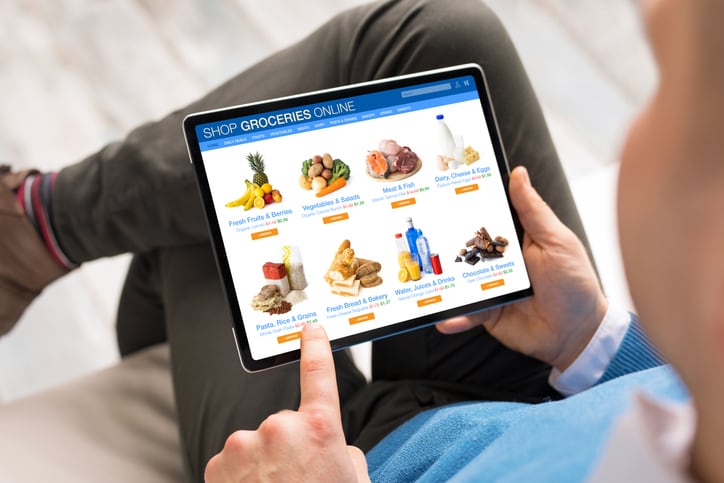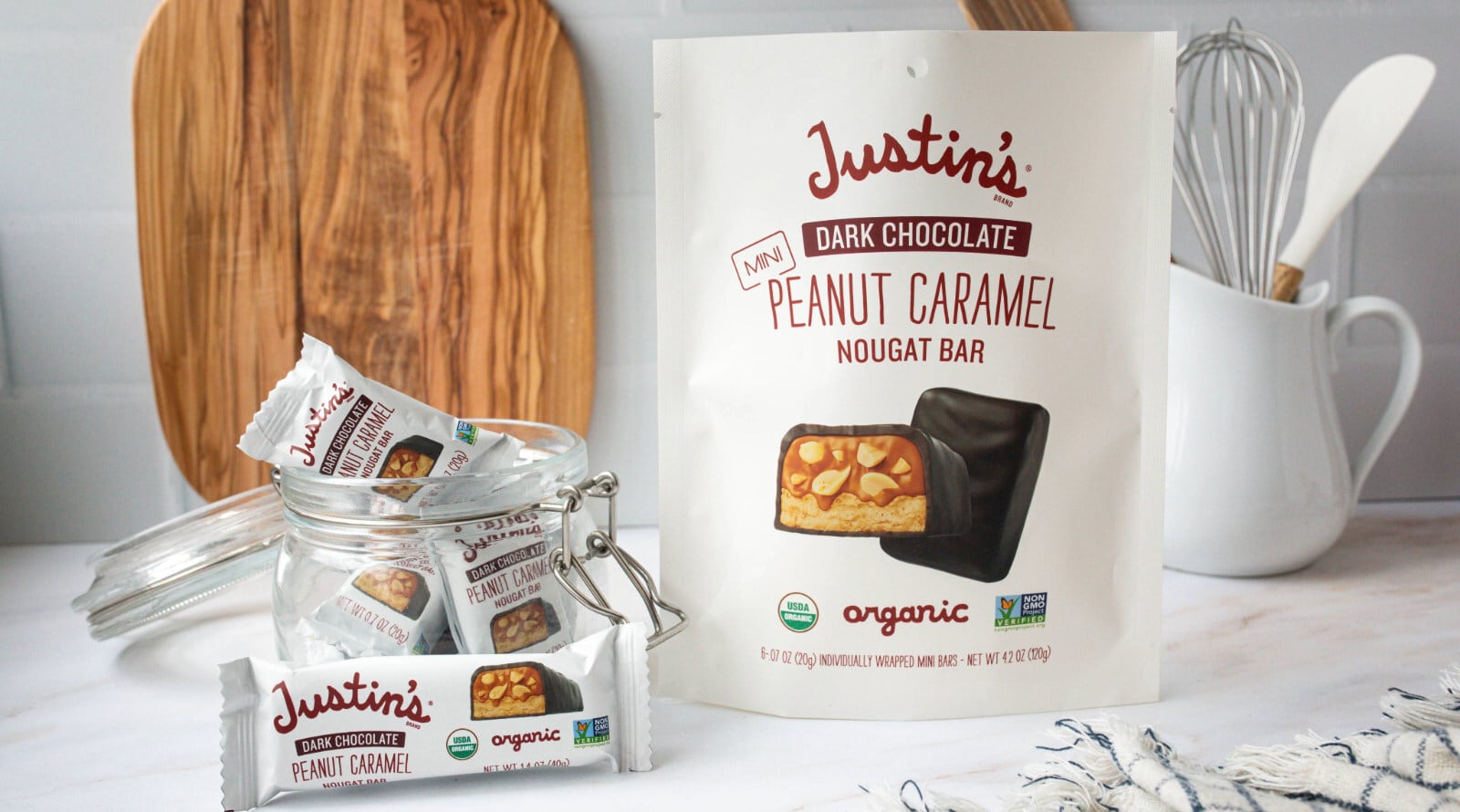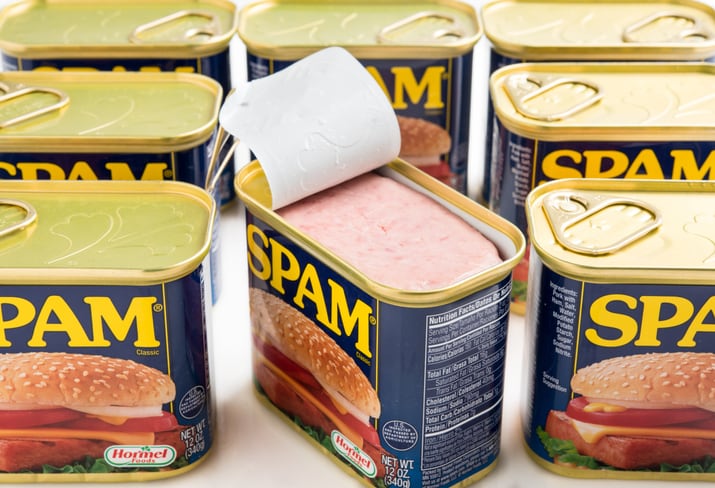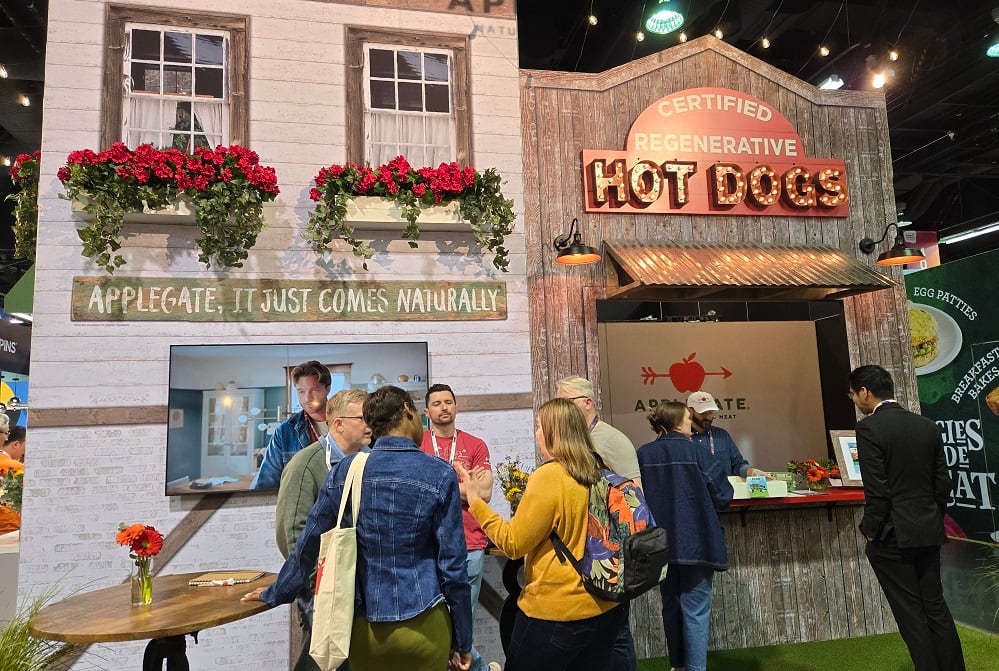Ecommerce may be a fraction of grocery spend currently, but its rapid growth is reshaping the path to purchase and the competitive landscape – requiring CPG brands to rethink product assortment, positioning and digital content both on retailers’ websites and across the web to protect and capture new market share.
In the US, online sales accounted for only about 17.2% or about $10 billion of total grocery spend in at the mid-year mark – but this was up a staggering 26% year-over-year with nearly 61% of American households or 81 million people opting for delivery, click-and-collect or other online shopping options, according to Brick Meets Clicks.
Digital-native shoppers are driving change
Just as important as how many consumers buy groceries online is who prefers it – which research shows are younger, digitally native shoppers who are coming into their buying power, according to Leslie Lee, VP of digital strategy at Hormel Foods.
“As we continue to look for growth in our business, we know that while ecommerce is a smaller part of our business overall, it is where the growth is, and we have to be there to capture that growth. And, as the younger consumers are getting older and become our consumer base, we have to be where the digitally-enabled and -native consumers are finding information and buying products,” she explained.
At Groceryshop in Las Vegas earlier this fall, Lee broke down how this shift is impacting Hormel Foods’ go-to-market strategy, including how it is adapting its product assortment and marketing to win on digital shelves and what is next for the maker Skippy peanut butter, Jennie-O, Planters and more.
From shelf space to share of page: A Q&A with Hormel’s Leslie Lee
The following Q&A has been lightly edited for clarity and length.
Elizabeth Crawford: The rapid uptick in online grocery shopping shows how consumer trust in retailers and brands to consistently deliver high-quality food is deepening. Set the stage for our conversation by describing how consumers are approaching online grocery shopping what that means for how digital shelves are structured.
Leslie Lee: It is definitely evolving. The way that people are shopping and entering the digital shelf is different. It is not just about the categories and products, it is about solutions. For example, ‘What am I going to make for dinner?’ Consumers are searching for that and they are using ChatGPT or asking the retailer platform that question. Or they want help with events – ‘I am planning a birthday party, what do I need for the gathering?’ So, we see them looking for solutions. The other way they come is for their weekly shop, but they are still asking, ‘What am I going to make for dinner this week?’ ‘What will my kids eat?’ Those types of questions.
EC: With the digital shelf, where space is not a limiting factor, the answers to those questions can be infinite. But so too can the competition. Tell me how “endless digital shelves” are impacting the competitive landscape and the extent to which that is pushing CPG brands or retailers to reprioritize what they offer and how they promote it.
LL: Historically, we’ve always thought about shelf space in the store as limited and we have carefully planogramed it. We know we have four feet of shelf space and if we can get a few slots that is great and we need to make the most of them.
And then when the digital shelf came, it opened up opportunities. The idea of an ‘endless shelf’ was amazing to us because we could make sure that everything was going to be on the shelf.
But then we realized the same was true for all of our competitors – including small ones that would never compete on a physical shelf but which were selling online and they were great at it because it was the only thing they do.
So, we learned pretty quickly that we couldn’t think about our digital shelf the same way we thought about our physical shelf in terms of share of store, because there are so many different competitors. So, what we needed to do instead was think about ‘share of page,’ and making sure that we are at the top of the page as much as possible. So, we started to really hone in on the space to make sure we had our right products and brands winning those top spaces across different platforms.
EC: How did you do that?
LL: Our strategy is definitely brand specific and based on the categories and competitive set that they play in both digitally and on the physical shelf. Take Skippy as an example. Our biggest competitor is Jif. So we are always thinking about when are the times and where are the places we can win and get to the top of the page above them – or are there key moments we will never win in store, but which we can win online?
From there, we try to maximize our spend to ensure that we are at the top of the page in those key timeframes, key moments for those brands.
The other thing that we work hard to do is to really optimize our content so that we can have more organic search and win in times and places, so that we’re not always having to rely on paid search to be able to get to the top of this of the shelf. So, to optimize our content, we work closely with a few partners, to get the right SEO words and phrases that we should have in our content to really help us win organically, and how do we optimize that?
And AI helps, in that sense. We are able to scrape a lot to understand what are the key phrases we need to make sure we have in our content and make sure that it’s in a place that can be relevant, to help boost our organic search.
EC: When you talk about using AI to ‘scrape for key phrases’ – what exactly are scraping, and where?
LL: We scape everywhere and everything. For example, we will use some Google Analytics to find the top phrases being searched and then we scrape different competitive sets to ensure we know the right phrases and words to use and where.
EC: We often talk about the rapid pace of change on the Internet – how do you keep up and how do you determine what trends to track that will last and which ones may be too quick to act on?
LL: It is kind of a gradual and then sudden thing. There are some trends you can see coming that take awhile – like the impact of GLP-1 drugs. But then there are things that pop suddenly and you don’t always know what is going to take a hold and go mainstream.
So for GLP-1s, we initially thought everyone would go on weightloss drugs and never eat anything, in which case what do we do? But then we realized there were underlying trends that we could act on – mainly protein So, how do we make sure to show we have lean protein that meets their needs?
…
Part of my job is to really think about where are those places to go hard on and which are things that are passing phases or trends? For our digital content, we want to drive sales and so we are focused on the more mainstay trends, but for phases we can use our social platforms, which can change more quickly.
EC: You mentioned GLP-1s and this is a huge trend that is reshaping the food and beverage industry – what other trends are you tracking?
LL: GLP-1 is a big one, so is everything around MAHA [Make America Healthy Again]. Snacking has been around for a while, but we continue to watch how snacks are replacing meals and the different times people eat snacks and what they reach for. It continues to evolve and change, but we continue to watch how it is more and more about portability and giving sustained energy.
EC: What are your expectations for 2026 – where you do see challenges and opportunities?
LL: We feel really good about our portfolio overall and have a good foundation to meet key trends. As we look to 2026 and beyond, we will continue to evolve and pivot and ensure that we have enough agility to move the way we need to based on what happens in the environment overall. But, we see a lot of opportunity in the next year without changing our strategy as a company. We are going to continue down the path we are on because everything we are doing is based on our consumers.
As we layer on macro influences, we expect our consumers are going to do one of two things. In some cases, they will go to private label or look for more value or more economic feasibility. But in some cases they may come to our portfolio for more comfort and that quality we provides and the assurances we offer with the products we have. And so we will continue to provide those valued solutions to our consumer base across the board.




